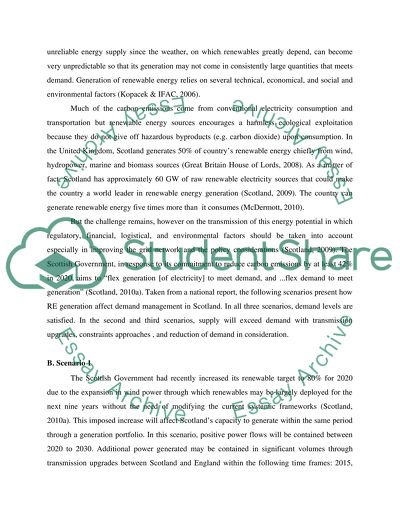Cite this document
(“DEMAND MANAGEMENT AND ENERGY STORAGE Essay Example | Topics and Well Written Essays - 3000 words”, n.d.)
Retrieved from https://studentshare.org/environmental-studies/1406878-demand-management-and-energy-storage
Retrieved from https://studentshare.org/environmental-studies/1406878-demand-management-and-energy-storage
(DEMAND MANAGEMENT AND ENERGY STORAGE Essay Example | Topics and Well Written Essays - 3000 Words)
https://studentshare.org/environmental-studies/1406878-demand-management-and-energy-storage.
https://studentshare.org/environmental-studies/1406878-demand-management-and-energy-storage.
“DEMAND MANAGEMENT AND ENERGY STORAGE Essay Example | Topics and Well Written Essays - 3000 Words”, n.d. https://studentshare.org/environmental-studies/1406878-demand-management-and-energy-storage.


